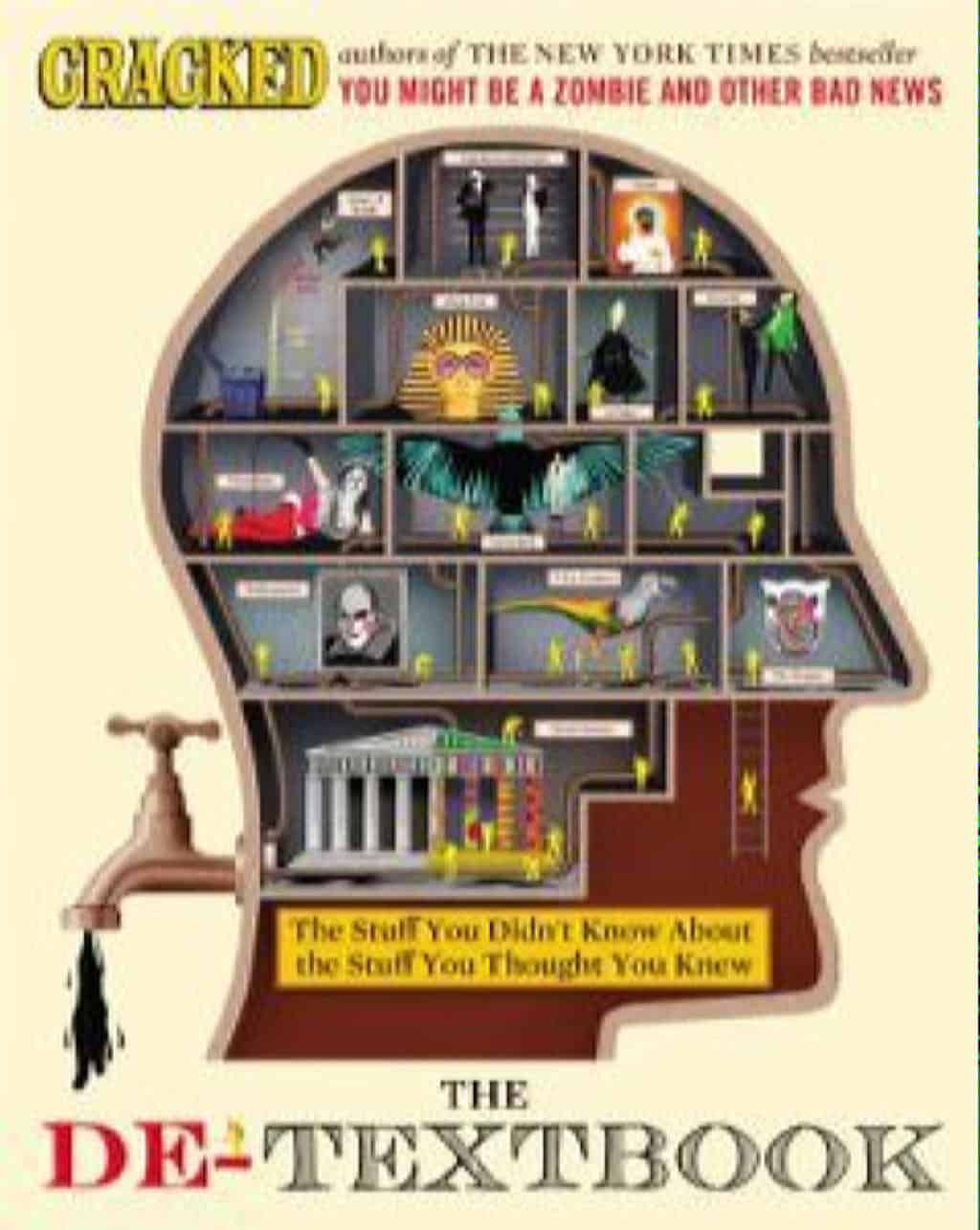 Judging Books by Their Covers
Judging Books by Their Covers
By Jared Richards, Adult Services Librarian
The cover is bright blue and neon yellow with a bright pink spine. That is how Encyclopedia of an Ordinary Life by Amy Krouse Rosenthal caught my eye. On the back she describes the cover of a book as being extra credit. The contents of a book are really what matter, but a cool cover can help.
You should never judge a book by its cover, as the old adage goes. I believe this is a good rule of thumb when it comes to not judging or underestimating people based on their appearance, but I find that judging literal books by their covers is a perfectly acceptable practice. According to the International Publishers Association’s annual report for 2015-2016, there were 338,986 new titles published in the United States in 2015. If you were to read a book a week, it would take you over 6,500 years to read all of those books, and more than 900 years even if you read a book each day. When faced with those sorts of numbers, you need strategies for finding a good book. If anyone wants to judge you for judging covers, just let them know that designing covers is a legitimate career that would not exist if people didn’t care about book covers. So let’s take a look at some extra credit.
The De-Textbook from the writers of Cracked.com is a book that gives you the truth about the things you learned in school that were often wrong. The cover shows an illustrated profile of a human head broken into compartments, occupied by various things like: King Tut, Shakespeare, and giant birds. A cleaning crew is spread throughout compartments cleaning out the myths, which are being piped from the back of the head via a spigot. It gets the point of the book across quite well.
There are twenty-nine small figures in red tank-tops and black shorts, most with a basketball, aligned in five rows on the cover of Now You See It by Cathy N. Davidson. There is also a lone gorilla, a reference to the now famous experiment on inattentional blindness by Daniel Simons. The experiment involved a video in which participants were asked to focus on one specific thing, causing half of them to miss the gorilla walking through the middle of the scene. Davidson’s book is about rethinking education and business in the age of modern technology with a focus on attention studies and anecdotal evidence – an interesting idea with an intriguing cover.
Few covers have lived up to the title of a book more completely than the cover of Incredibly Decadent Dessertsby Deb Wise. Imagine a single piece of the best chocolate pie you have ever had, piled high with whipped topping, and accompanied by a gold fork because it’s decadent. This cover sets the stage perfectly and whets the reader’s appetite for the rest of the book, which is filled with mouthwatering food photography and recipes, each tastier than the last.
The cover of The Butterflies of North American: Titian Peale’s Lost Manuscript shows one half of a butterfly. The other half is on the back of the book, which is bound in such a way that it can be opened completely, allowing the front and back covers to touch, creating a whole butterfly. This little touch shows the attention to detail put into this book, which collects the full color plates of notes and numerous butterflies and caterpillars illustrated by Peale, an artist and naturalist from the 1800s.
A woman in a red coat and ruby high heels, holding a red umbrella in the rain, and seeming to defy gravity as she hangs in mid-air doing the splits on a city street. That is on the cover of Dancers Among Us by Jordan Matter, a book inspired by watching his young son create an imaginary play world. It captures photographs of dancers in regular clothes, engaged in often mundane tasks, but expressing the joy and fantastical nature of a child’s imagination, through feats of athleticism.
This article has come to an end, but a picture is worth a thousand words, so come on down to the Manhattan Public Library and judge these covers for yourselves. As an added bonus, if you happen to judge covers based on their color, you’re in luck. This month we have a display devoted to books with green covers. A famous frog once said “It’s not easy being green,” but it is easy finding green books at the library.

